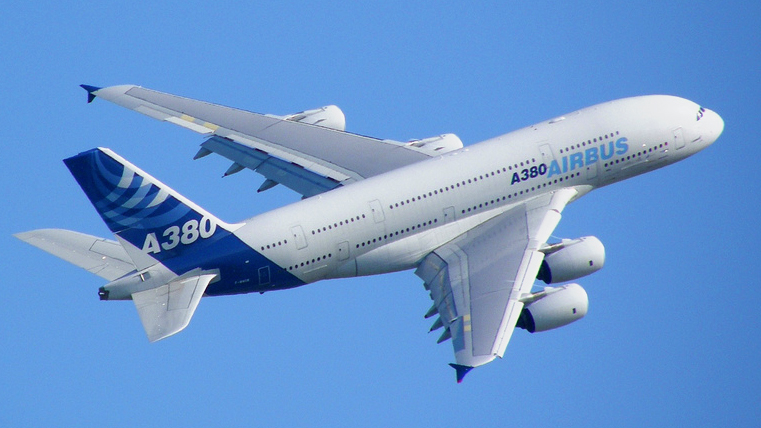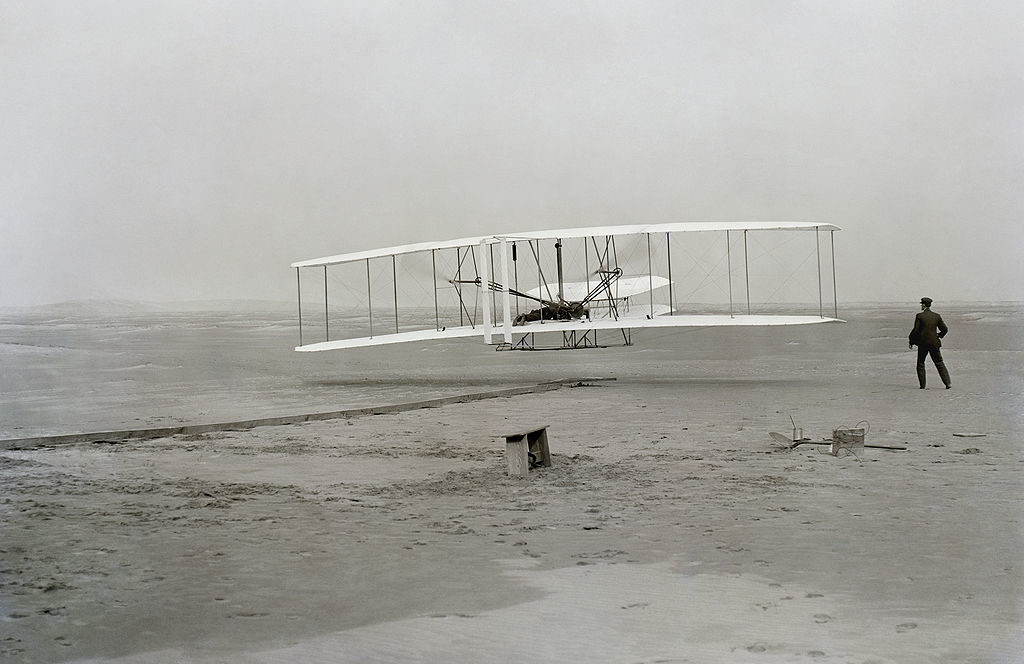There has never been a better time to be an aerospace engineer. What was once considered a career meant for the anti-social, super nerds of high schools across the globe is now falling into the laps of our bright next generation.
All jokes aside, though, exposure is not the only reason why aerospace is booming right now. We have the materials to create aircraft and spacecraft that past engineers could only dream about. The technology used in these planes is only getting smarter and safer — planes can fly themselves. Stealth technology is now mainstream.
Among the current trends for aviation are reducing emissions, improved system software, plane-to-plane communication and streamlining data that is sent between all of the communicating technology. We’ve made great strides in a relatively short period.
But great thinkers throughout time have continuously asked the question: “Where do we go from here?” In the aerospace industry, there’s only one direction to go — above and beyond. Read on to explore future aerospace trends, what will separate planes of the future from those of today and the issue of investing in advanced yet expensive technology versus resurrecting old birds to meet demand.
Considerations for Aircraft of the Future
Current and past aircraft are amazing. From the very first Wright Flyer and beyond, aircraft have evolved in design to meet our changing demands — size, speed, stealth, distance and more. While there are many complex physics concepts at play, each type of aircraft ultimately operates on the same four basic principles of flight: lift, thrust, weight and drag.
Looking toward the future, aircraft will still use the same flight physics, but they will need to be constructed and operated with several new ideas in mind. Aircraft of the future will be:
Cleaner.
It’s clear that airplane emissions will be at the top of the list for future consideration. Air traffic is growing at a very fast pace. While aircraft emissions represent only two to three percent of global CO2 pollution, by 2050, that number could increase by 500 percent.
Aircraft engine companies need to quickly brainstorm innovative ways to make airplanes more fuel-efficient. Luckily, there are already numerous ideas in the works.
One of these ideas is the geared turbofan. It’s essentially a turbofan engine with a gear added in. The fan of the engine is driven by the gear, and while it sounds too simple to be true, it can cut fuel consumption by 16 percent. Simple in theory, this engine is difficult to pull off in real life — the gearbox creates a ton of heat that must be expelled.
However, engine manufacturer Pratt & Whitney has found the solution and is now selling their PurePower engine to various aviation companies.
In addition to experimenting with fuselage design and materials (which will be covered later), there have been talks about commercializing the “flying wing” design perfected by the B-2 Spirit stealth bomber.
These talks have resulted in the experimental Boeing X-48 drone, which utilizes a “blended wing” concept. The wing shape, which blends the aircraft’s wings with its fuselage instead of using separate parts, offers efficiency, quietness and more payload volume. The successful flight tests of the X-48 prove that it can be as safe as traditional airplanes.
Earlier in 2016, NASA revealed its New Aviation Horizons Initiative, a plan to build revolutionary “X-planes” in the coming years. One of these planes is a blended wing, which has two turbofan engines on top instead of under the wing. This configuration aids what will be another trend of the future: quiet aircraft.
Quieter.
NASA’s blended wing X-plane’s engine configuration is flanked by two tails that shield engine noise. People on the ground will hear next to nothing as the plane passes by.
With the demise of the Concorde, commercial supersonic travel seemed like it would never return to airlines. But NASA is also designing a supersonic airliner — one that will have a “low boom.” This project is referred to as “QueSST” (Quiet Supersonic Technology).
After studying acceptable sound levels throughout the United States, NASA asked aircraft designers to come up with a plane that creates a “heartbeat” supersonic boom — a small “thump” — instead of the current boom that can shatter windows if executed too close to the ground.
Made of better materials.
Aerospace engineering has presented some of the most unique and challenging solutions for aircraft materials in a remarkably short amount of time (keep in mind that the Wright brothers first flight was only just over 100 years ago!). Now that technology has caught up to our ideas, we can design planes out of revolutionary materials, such as:
- Heat-resistant alloys that can withstand temperatures in excess of 3,360 degrees Fahrenheit, the normal melting point of traditional alloys
- Reintroducing aluminum, which is strong, weight-saving and resistant to corrosion at high temperatures
- Composite materials, including thermal- and chemical-resistant ceramics, that can be made into complex shapes without the use of fasteners and joints
Stealthier.
Thirty years ago, one of the coolest-looking planes ever was unveiled to the world: The B-2 stealth bomber. It’s a huge, menacing, pitch-black flying wing. Unfortunately, it’s also incredibly unreliable: Only nine are combat-ready out of 21 (which is already a small number — each plane costs $2 billion to build).
Northrup Grumman is hard at work designing a new bomber, one that will be cheaper, bigger and even stealthier thanks to updated technology — not the tech used 30 years ago. There is, however, one minor cosmetic issue: It kind of looks just like the B-2.
When it comes to fighter aircraft, the problematic F-35 Joint Strike Fighter is just now entering service after years of issues. It is designed to replace the current aging fleet of F-16 Fighting Falcons and A-10 Thunderbolt IIs.
Northrup Grumman, however, is also working on a sixth-generation fighter. This one will be the first to carry a laser weapon on board. It is designed for long-range attacks rather than dogfights. It will likely use stealth, speed and advanced networks to gain advantage over adversaries.
Can We Teach Old Dogs New Tricks?
We are on the cusp of many breakthroughs in the aerospace industry, but some won’t be ready until years from now.
This delay in new aircraft, especially with the F-35, means some aircraft must be resurrected from the “boneyard” to meet demand. The boneyard is a desert air base in Arizona where old planes are retired, stripped of their paint, stored, maintained and upgraded.
All four branches of the military have cautioned that there are not enough aircraft to keep up with the deployment rate and aircrew training. The lack of operational aircraft can be attributed to a decreasing number of spare parts and maintenance crews. This means that old aircraft, such as the more than 50-year-old B-52 Stratofortress, are upgraded with more current equipment. There are countless variants of the bomber in the skies today.
Still, upgrading old aircraft doesn’t mean they are “like new.” It is just a way for the military to survive until the next generation of planes rolls in.
While new technology can be incredibly innovative, it’s also one of the most expensive items on the government’s spending list. Perhaps while resurrecting old planes is not an ideal situation, it can prove to be cheaper in the long run.
Which would you rather see take to the skies?

